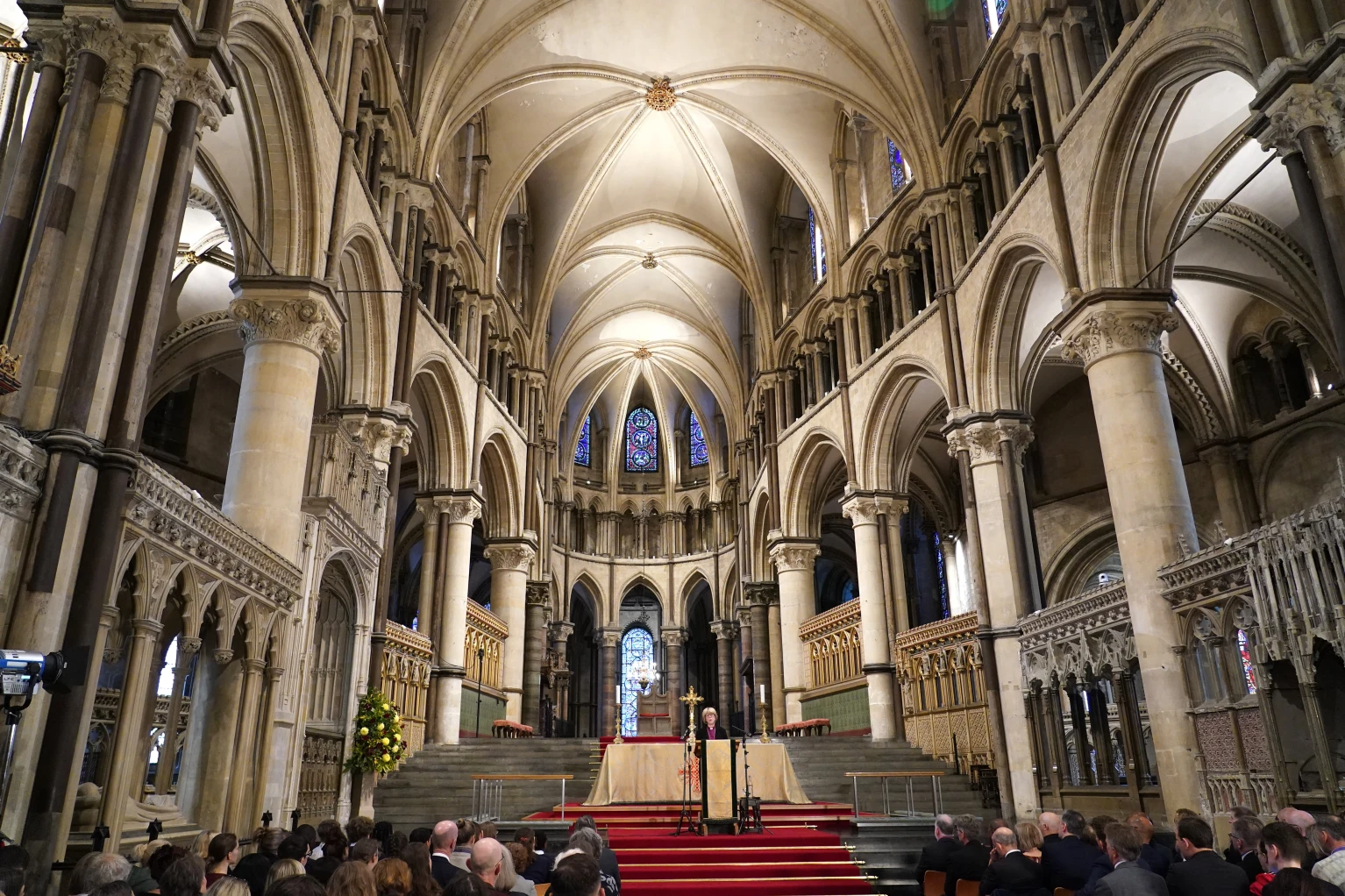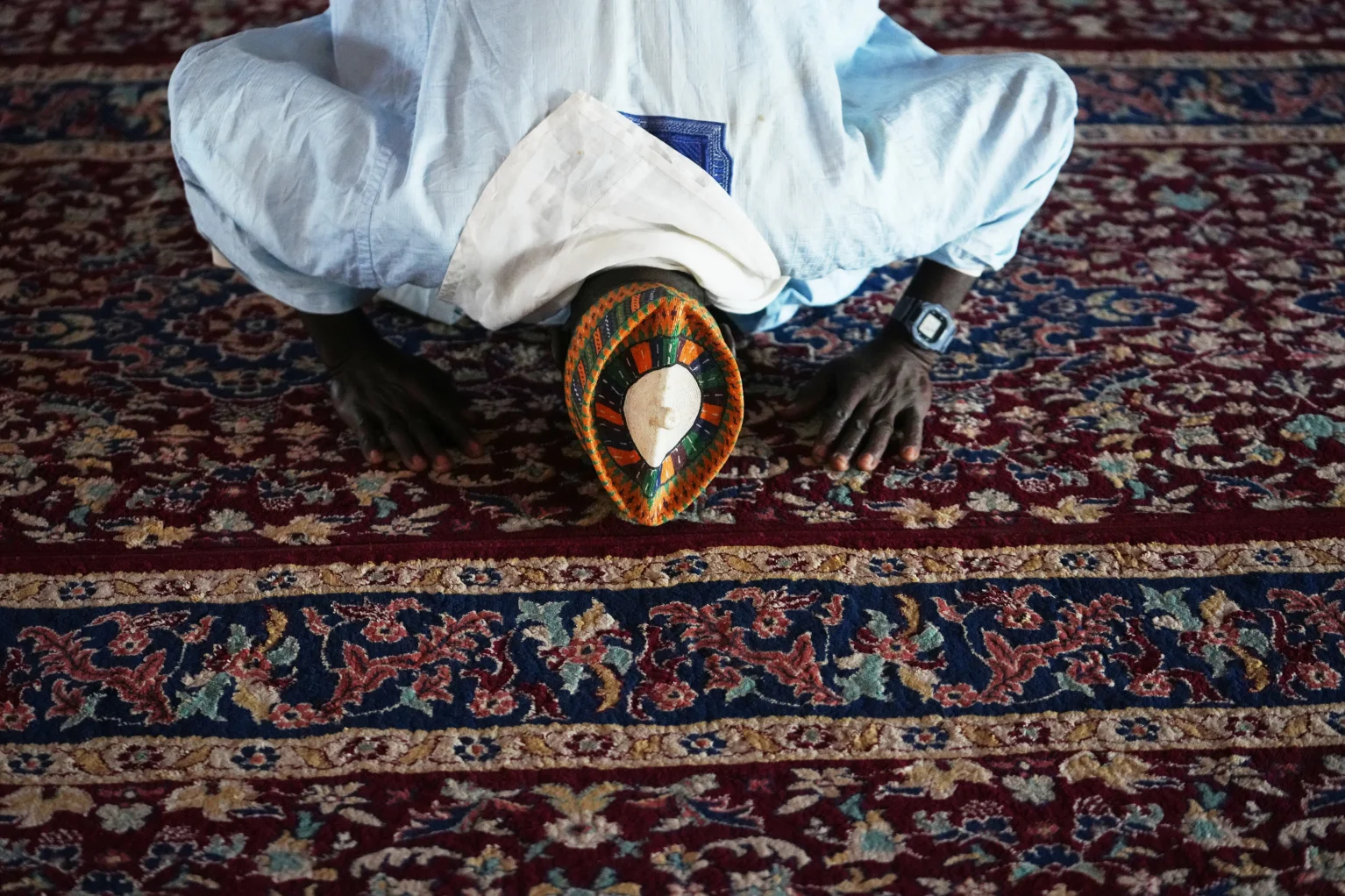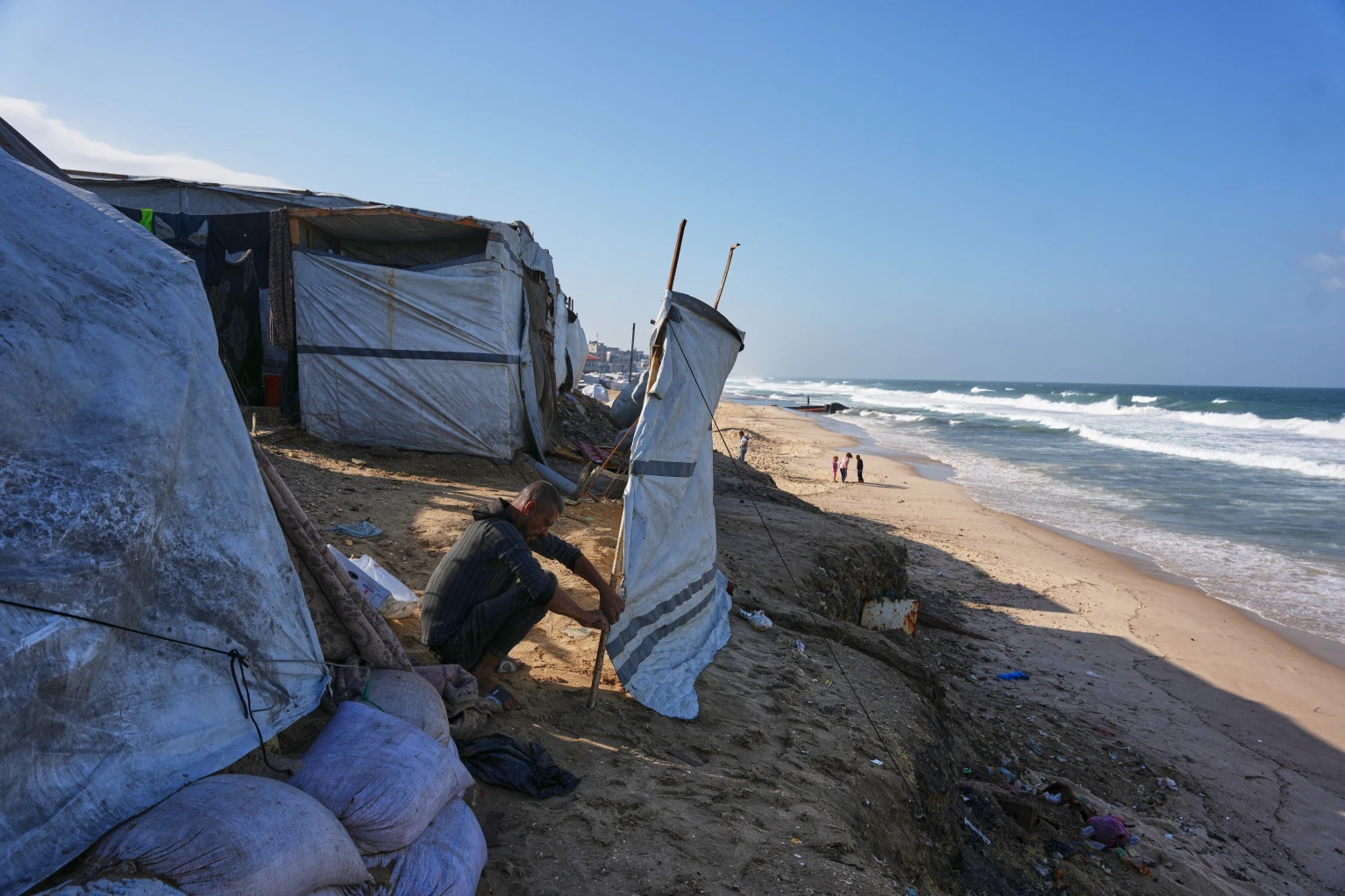
Kenya is escalating efforts to integrate blue economy into its key revenue streams with investment in fish production as part its drive to meet food security, nutritional and job creation threshold. Western Kenya, which coalesces under the lake basin economic bloc is targeted for increased fish production.
The recognition of blue economy as a strategy area of investment was demonstrated on Wednesday when the government and the United Nations agency, the International Fund for Agricultural Development (IFAD) disbursed Ksh128 million in grants to fish farmers in 15 Lake Region Economic Bloc counties under the Aquaculture Business Development Programme (ABDP).
ABDP is a programme jointly funded by the government of Kenya and IFAD to support small-holder farmer sustainability and profit from fish farming. The grants will benefit small holder aquaculture groups (SAGs) that include both women and youth groups, Aquaculture Support Enterprises (ASEs) and Aquaculture Field Schools (AFSs).
ABDP has been supporting fish farmers in Kenya for several years with the current grant set to support enterprises along the value chain from production, pond digging, fish feed making, value addition and transportation.
According to the ministry of agriculture, livestock and fisheries, fish contributed 0.8 per cent to the Kenya’s gross domestic product (GDP), equivalent of Ksh40.4 billion ($40.4 million) in 2014.
Agricultural and economic experts estimate that Kenya’s fish potential is far higher than the current output. They project the country is capable of producing over 11 million tonnes of fish valued at Ksh750 billion shillings ($750 million) per annum.
During his tour of Kakamega, Cabinet Secretary for Mining, Blue Economy and Maritime Affairs Hassan Joho presided over the issuance of the grant cheques, during which Kakamega County received a grant of Ksh18.2 million ($140,540) with over 2,944 farmers set to share the funds.
Joho disclosed that since its inception, ABDP had invested over Ksh257 million ($2 million) in Kakamega county which has been used to provide pond liners, predator kits of about Ksh188 million ($1.5 million), construction of Kakamega fresh fish market at a cost of Ksh10 million ($77,220), issuance of fingerlings at a cost of Ksh18 million ($138,996) and supplied fish feeds at a cost of about Ksh41 million ($316,602).
“What we are launching today is a Sh128 million ($988,416) grant, we are anticipating we will have around Ksh329 million ($2.6 million) of grants in phase two, so continue to design programmes and keep sending proposals so that we can convince IFAD that these programmes are making an impact and they are changing lives,” he said.
The region’s main source of fish, Lake Victoria, situated 54 kilometres west of Kakamega town, is on declining in productivity as a result of invasive water hyacinth, uncontrolled disposal of toxic industrial effluent, human waste and territorial disputes among the three East African states – Kenya, Uganda and Tanzania – that share the lake waters, experiencing a decline in marine.
In addition, environmental degradation upstream, the major rivers empty into Lake Victoria are polluted by chemicals used in crop farming, hence interfering with fish breeding cycles. Population explosion in the Lake Victoria basin has also exerted further pressure on marine resources in the world’s second largest fresh water lake.
Consequently, Joho noted that the government has earmarked huge investments in the blue economy to enable the fisher-folk to do business and in turn transform the lives of Kenyans.
“People have started to appreciate aquaculture, for me it is critical because this is our new frontier, it is not only about food security, it is very critical in job creation and wealth creation,” he disclosed.
The CS said the government is spending Sh1.6billion to build landing sites in different areas in all the Lake counties including the coast, which will have ice-making machines and cooling systems.
“We are building 10 fish markets in 10 counties at the cost of Ksh70 million ($540,540), we want people to produce more, so we have to create a market base that is adequate to the production,” he added.
He also noted that the ABDP programme will invest around Ksh100 million in fingerling production to support farmers who are struggling to get high quality fingerlings.
“We are creating a means of alternative livelihood in the lake region, this programme has Ksh359 million that will be used to procure cages for our brothers in the lake region. We give them cages, we give them fingerlings and then we try and support them on fish feeding programmes for sustainability,” he explained.
“We are continuing to roll out our programme on pond liners, predator nets which are catered for with Sh1.8 billion ($13.9 million) investment. We will ensure it reaches the right people, timely and it does what it is supposed to do,” the minister said.
United Nations Food and Agricultural Organisation says consumption in Kenya has been declining from a modest six kilogrammes per caput in 2000 to 4.5 kilogrammes per caput in 2011.
“The value of fish exports was about $62.9 (Ksh63 billion) in 2012 or about five times greater than the U$12.3 million (Ksh12.5 billion) in fish imports. In 2013, around 129,300 people derived their livelihood from fishing and fish farming activities (including 48,300 in inland waters, 13,100 in coastal waters fishing and around 67,900 in fish farming),” FAO says.
Kakamega Governor Fernandes Barasa welcomed the grants to fish farmers, noting that the ABDP programme has been instrumental in reinventing fish farming in the region.
He noted that since inception, the ABDP programme has supported 2885 level one farmers with either predator or bird net kits, PVC liners, fingerlings and fish feeds.
The programme, Governor Barasa said, has led to establishment of a total of 87 Aquaculture Smallholder Groups (ASGs) and 90 Aquaculture Small Enterprises (ASEs) which have been registered and operationalized in the county.
“Fishery extension service provision has been enhanced courtesy of the support of the programme in which we have vehicles and also eleven motorcycles. A fishing boat has been made available at Lumino Dam in Likuyani Sub-County to facilitate optimisation of the dam fishery activities,” the governor explain.
Governor Barasa also revealed that the ABDP programme is supported by the county government in constructing a fresh fish market at Masingo in Lurambi Sub County.
“Whereas phase one of this programme place emphasis on fish production thus resulting into increased incomes, the next phase of ABDP will focus on fish marketing, profitability and sustainability, I am optimistic that this phase will create more jobs, entrench a culture of entrepreneurship and raise revenue for the county,” the governor said.
- A Tell / KNA report / By Ngala/Ongaga







